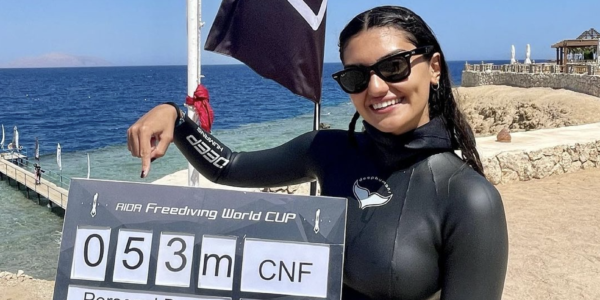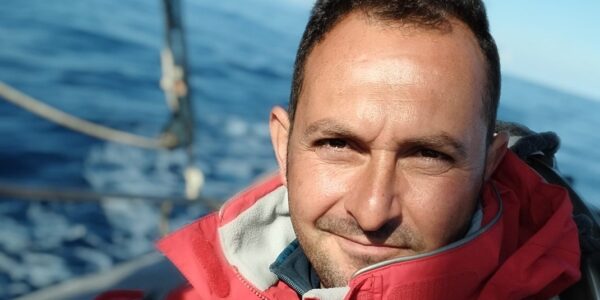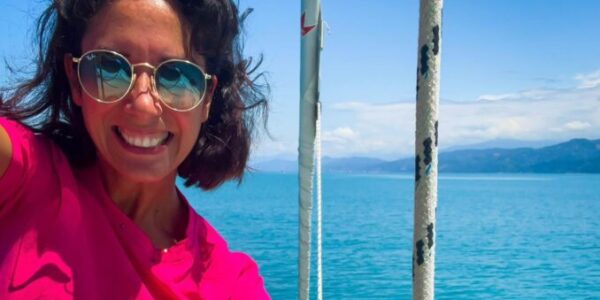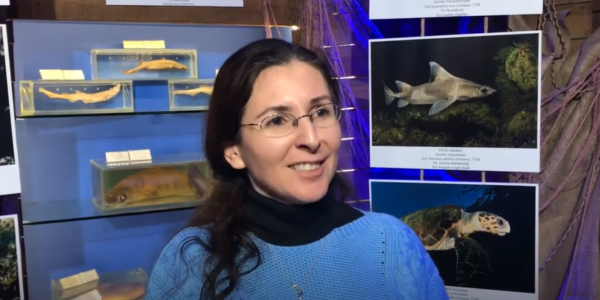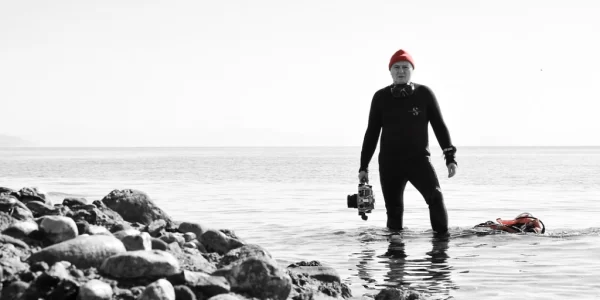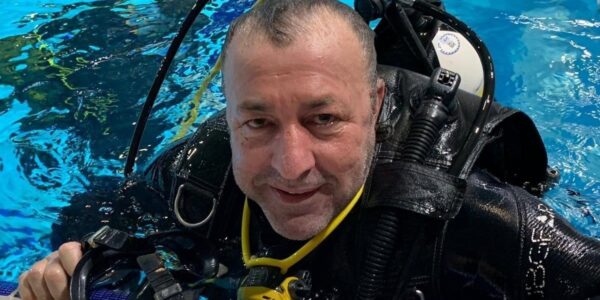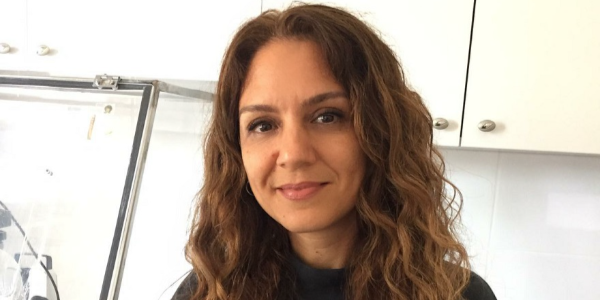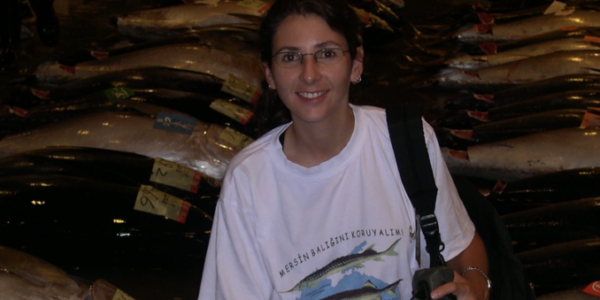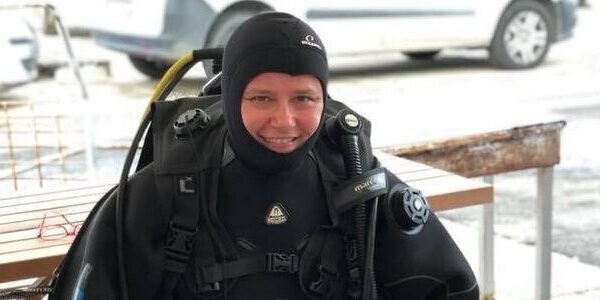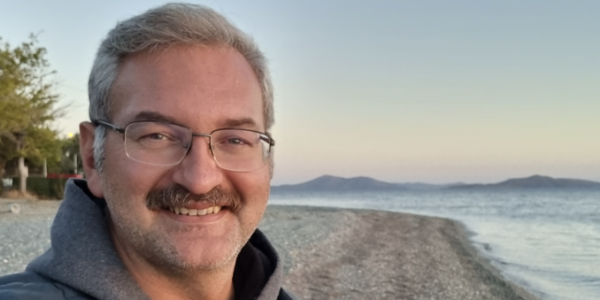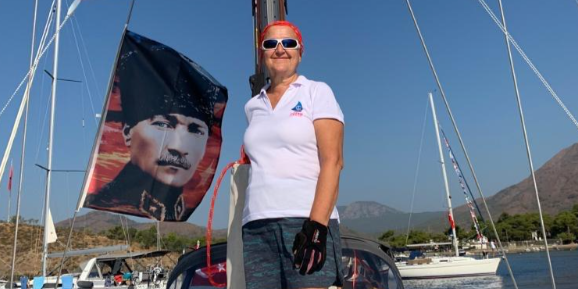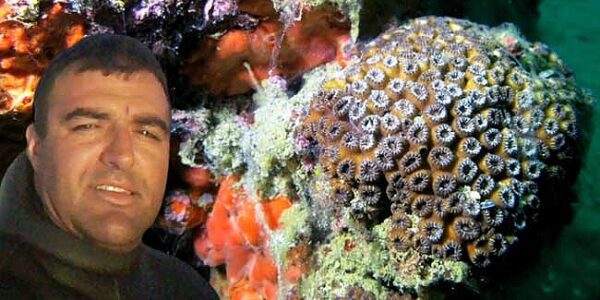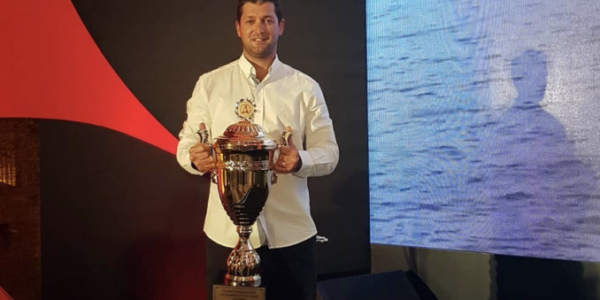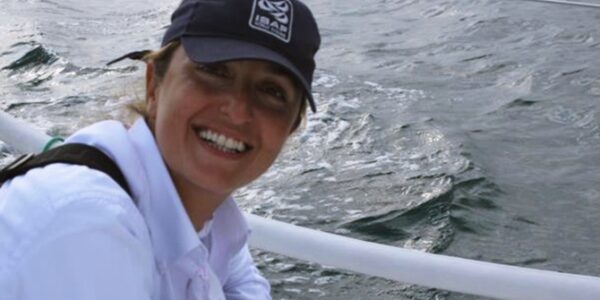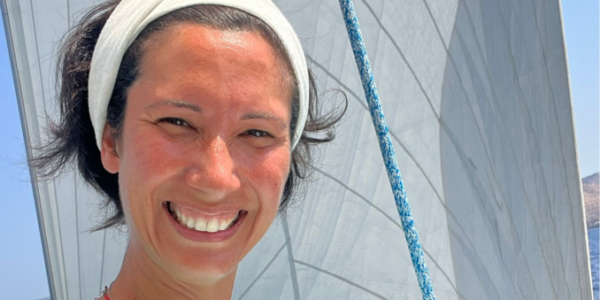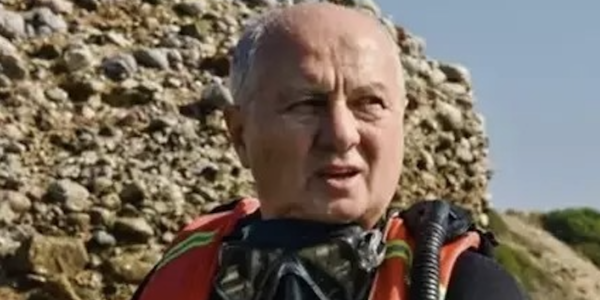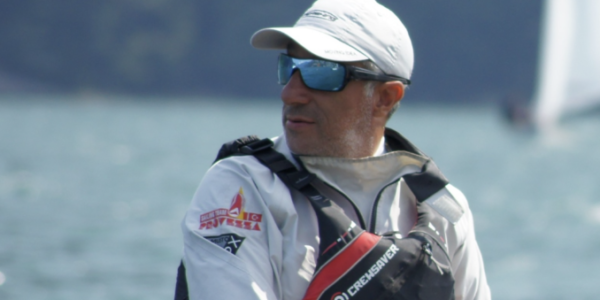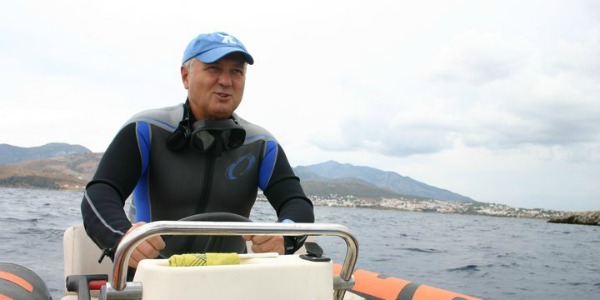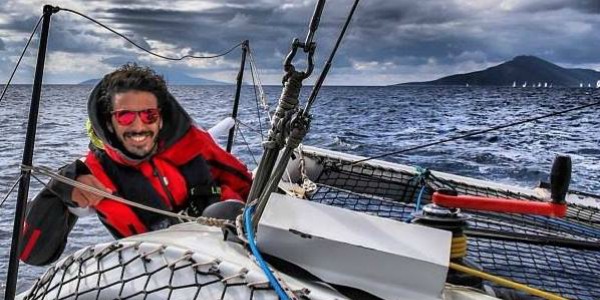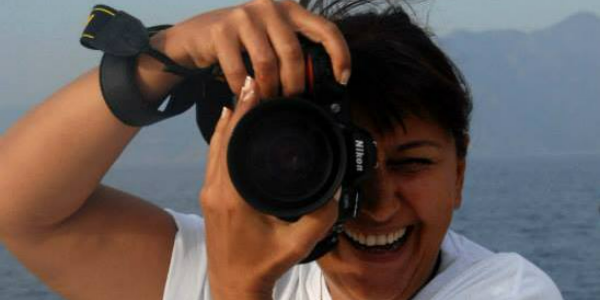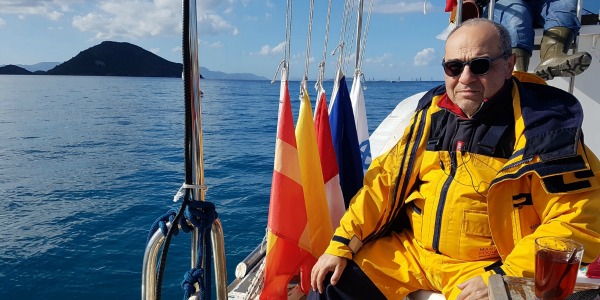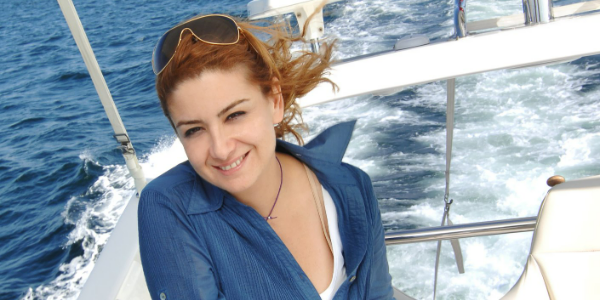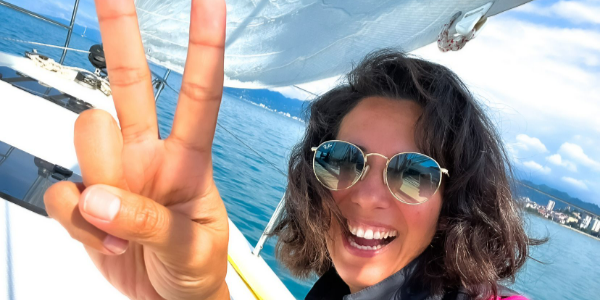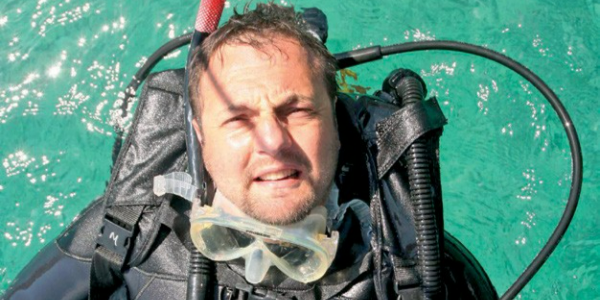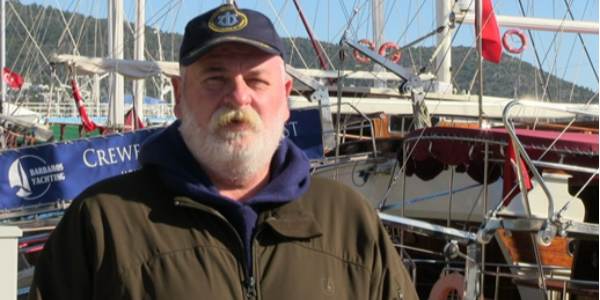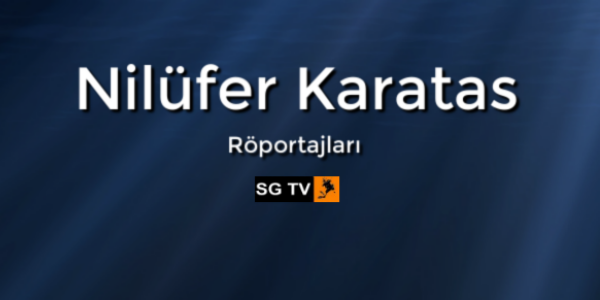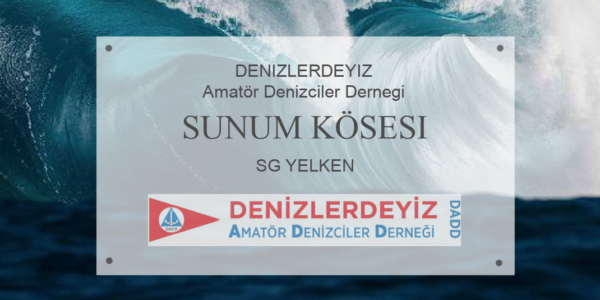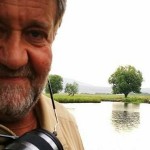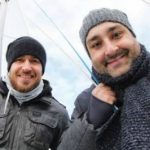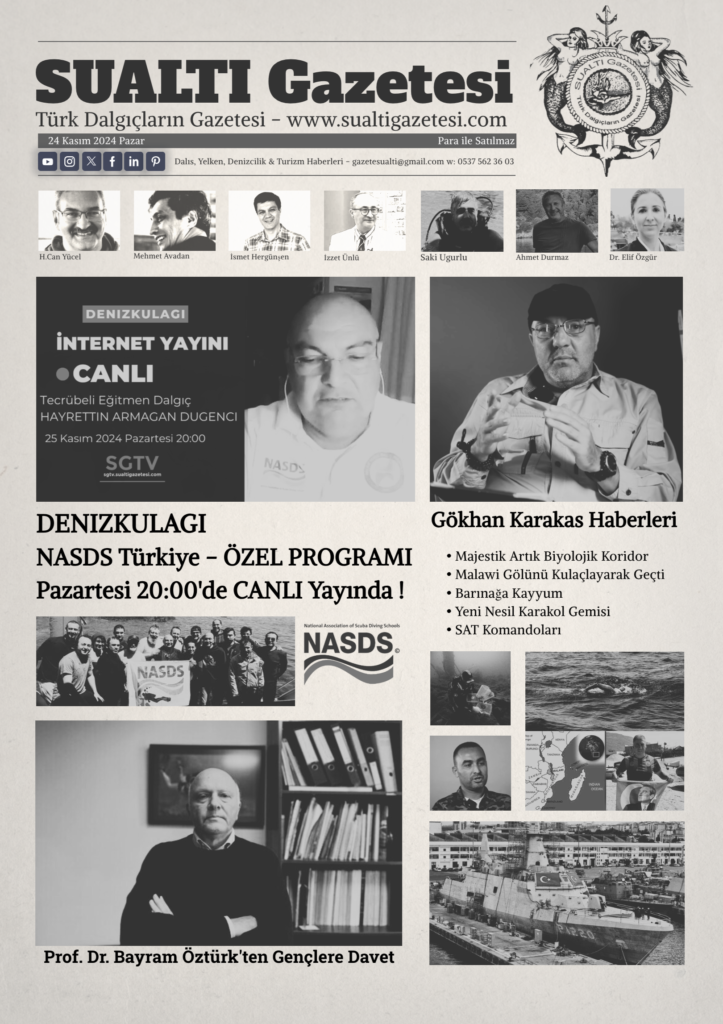MISSION: “To conserve marine wildlife and habitats by deepening the connections between people and nature.”
HQ: San Francisco Bay Area
YEAR STARTED: 1969
CONNECT: Instagram | Facebook | Twitter
PROJECT: Oceanic Society supports its mission by partnering with travel operators, nonprofits and conservation-minded individuals to bring travelers to unique corners of the world and support conservation, research, and community development efforts in the local communities in those places. From African safaris to whale watching in the Antarctic to scuba diving in the Coral Triangle, Oceanic Society offers roughly 35 to 40 land- and water-based trips across the globe each year. Each trip is guided by field biologists, naturalists and conservationists, so participants are able to learn as they explore the area.
“Each of our expeditions is designed with the intention to positively impact the natural areas and human communities we visit while also delivering transformative nature experiences for our travelers that deepen their connections to nature and promote the adoption of ocean-friendly behaviors, or ‘Blue Habits,’” says Wayne Sentman, Director of Conservation Travel Programs and an Oceanic Society naturalist since 1998. “Importantly, any profits we earn are invested directly into our ocean research and conservation programs worldwide. In the last two fiscal years, our travel programs have generated nearly $1 million for ocean research and conservation programs.”
GET INVOLVED
Go on an expedition: You’re guaranteed a fulfilling experience on any of the society’s expeditions, but Sentman says for divers, he specifically recommends a couple of their Coral Triangle liveaboard trips on the El Aleph:
“On our Raja Ampat: Coral Triangle Adventure, we have full days of diving, and in the afternoon we have a cetacean researcher onboard who surveys for whales,” Sentman says. “If the sea conditions and sighted whale’s behavior allow, we occasionally have opportunities for in-water encounters with the whales.”
“A second expedition that is also a unique experience for divers is our Banda Sea Blues and Hammers Expedition, where we have 12 days exploring the remote Banda Sea region that is adjacent to Raja Ampat,” Sentman says. “On this expedition, we time the trip and dedicate a few days along the way to give ourselves the best opportunity to dive alongside schooling hammerhead sharks. The ‘Blues’ portion of the trip is where we look for and monitor blue whales that also inhabit this area at this time of year.”
With only 10 passengers onboard and five guides, these programs benefit greatly from small group size and a high guide-to-guest ratio.
“Both of these trips allow for intimate experiences in the most diverse tropical coral reef ecosystem on the planet, but also support conservation research to occur that provides data that can assist with the protection of the deep water habitats of the Coral Triangle,” Sentman says.
The society also has trips that are specific to wildlife encounters, like jaguars in Brazil and whale sharks in the Sea of Cortez; they have volunteer citizen-science expeditions for people who want to have a more involved educational experience; and if you want to turn it into a family vacation, they offer a number of trips that are great for children and families. Check out the society’s blog for expedition reports to see recaps of each trip.
Adopt an animal: Through Oceanic Society’s Adopt A Species program, you can adopt a dolphin, humpback whale or an albatross. Scroll through the photos and descriptions of the animals and choose your perfect match, then receive an adoption certificate and updates about your animal throughout the program period.
While the adoptions are symbolic, the conservation support for the animals is real. All funds generated from the adoptions go to specific conservation programs or education initiatives to support those species.
“For example, our unique adopt-an-albatross program not only supports our own education efforts around plastic pollution reduction, but it directly provides funds to two groups that are assisting with seabird habitat restoration efforts on Midway Atoll and Kure Atoll,” Sentman says. “Midway Atoll is home to the largest nesting colony of albatross in the world and where 75 percent of the world’s population of the the Laysan Albatross, the “poster animal” for plastic pollution, resides.”
The society also has trips that are specific to wildlife encounters, like jaguars in Brazil and whale sharks in the Sea of Cortez; they have volunteer citizen-science expeditions for people who want to have a more involved educational experience; and if you want to turn it into a family vacation, they offer a number of trips that are great for children and families. Check out the society’s blog for expedition reports to see recaps of each trip.
Adopt an animal: Through Oceanic Society’s Adopt A Species program, you can adopt a dolphin, humpback whale or an albatross. Scroll through the photos and descriptions of the animals and choose your perfect match, then receive an adoption certificate and updates about your animal throughout the program period.
While the adoptions are symbolic, the conservation support for the animals is real. All funds generated from the adoptions go to specific conservation programs or education initiatives to support those species.
“For example, our unique adopt-an-albatross program not only supports our own education efforts around plastic pollution reduction, but it directly provides funds to two groups that are assisting with seabird habitat restoration efforts on Midway Atoll and Kure Atoll,” Sentman says. “Midway Atoll is home to the largest nesting colony of albatross in the world and where 75 percent of the world’s population of the the Laysan Albatross, the “poster animal” for plastic pollution, resides.”
Source: sport diver
